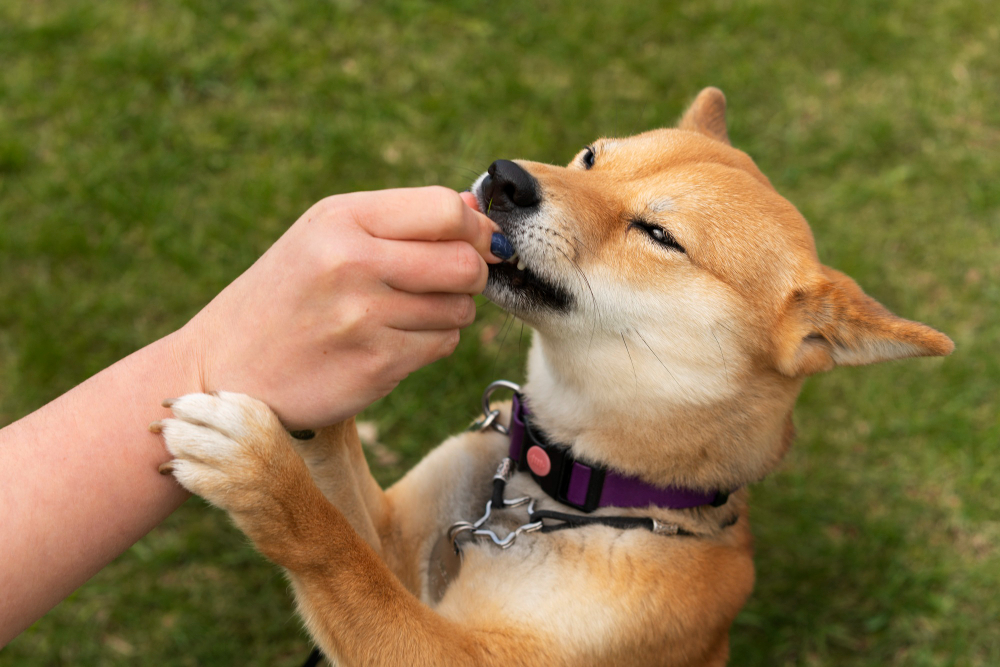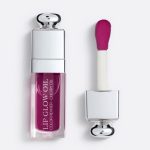Mange is a common skin condition in dogs caused by mites that burrow into the skin, leading to itching, hair loss, and discomfort. There are two primary types of mange in dogs: sarcoptic mange, caused by Sarcoptes scabiei mites, and demodectic mange, caused by Demodex canis mites. While mange can be distressing for both dogs and their owners, it is treatable with proper care and attention. Home treatment options can help alleviate symptoms and promote healing, providing relief for your furry friend.
Signs of Mange in Dogs
Before embarking on home treatment for mange, it’s essential to recognize the symptoms of the condition. Common signs of mange in dogs include intense itching, hair loss, redness, inflammation, and crusty or scaly skin. Dogs with sarcoptic mange may also develop sores, scabs, and secondary bacterial infections due to excessive scratching and self-trauma. If you suspect your dog may have mange, it’s crucial to consult with a veterinarian for an accurate diagnosis and treatment plan tailored to your pet’s specific needs.
Home Treatment Options for Mange
Several natural remedies and home treatment options can help manage mange symptoms and promote healing in dogs. One popular remedy is a mixture of apple cider vinegar and water, which can be applied topically to affected areas to soothe itching and irritation. Additionally, coconut oil has antimicrobial properties that can help reduce inflammation and support skin health. Aloe vera gel, when applied topically, can also provide relief from itching and promote healing of damaged skin. It’s essential to use these remedies under the guidance of a veterinarian to ensure safe and effective treatment for your dog.
Managing Mites in the Home
In addition to treating your dog’s skin, it’s essential to address hygiene and environmental factors to prevent the spread of mange mites. Wash your dog’s bedding, toys, and grooming tools regularly with hot water and detergent to kill mites and remove eggs and debris. Vacuum your home frequently to eliminate mites and their eggs from carpets, furniture, and other surfaces. Consider using a pet-safe disinfectant spray to sanitize common areas and prevent reinfestation. By maintaining a clean and hygienic environment, you can help prevent the spread of mange and promote your dog’s recovery.
Boosting Your Dog’s Health
A balanced diet rich in essential nutrients is essential for supporting your dog’s overall health and immune function, which plays a crucial role in fighting off mange mites and promoting healing. Incorporate high-quality dog food formulated with protein, vitamins, and minerals to support skin and coat health. Consider adding supplements such as omega-3 fatty acids, probiotics, and antioxidants to your dog’s diet to boost immune function and promote skin healing. Consult with a veterinarian to determine the best dietary options for your dog’s specific needs and condition.
When to Consult a Professional
While home treatment options can help manage mild cases of mange, more severe or persistent cases may require veterinary intervention. If your dog’s symptoms worsen or fail to improve with home remedies, it’s crucial to seek veterinary care promptly. Your veterinarian can perform diagnostic tests to confirm the presence of mange mites and develop a comprehensive treatment plan tailored to your dog’s individual needs. Treatment options may include prescription medications, medicated shampoos, and topical treatments to eliminate mites and control secondary infections. With proper veterinary care and ongoing management, most dogs can recover from mange and enjoy a happy, healthy life.






Leave a Reply